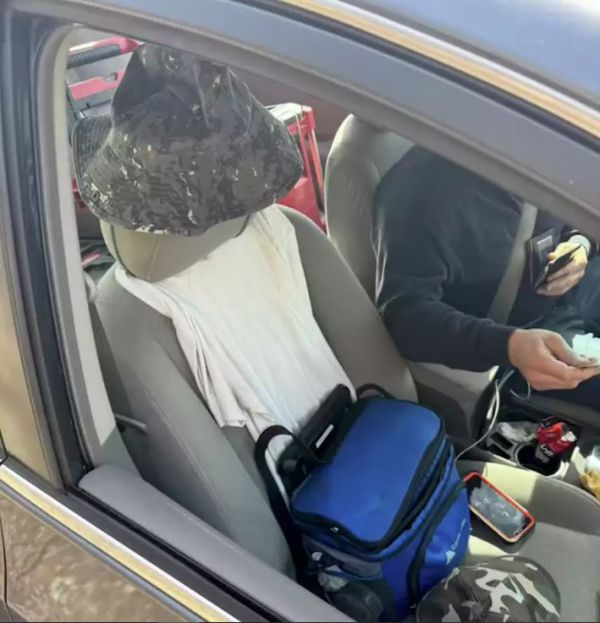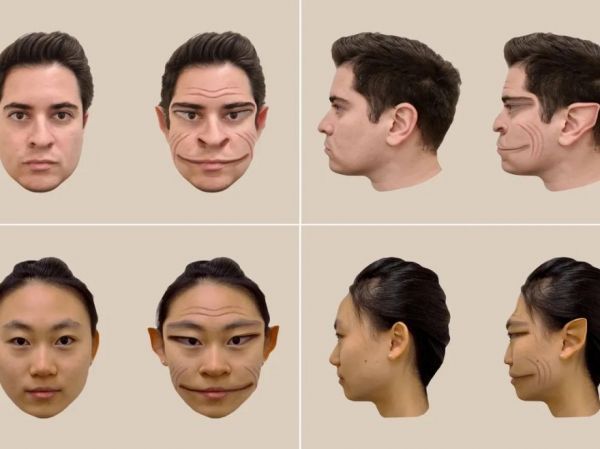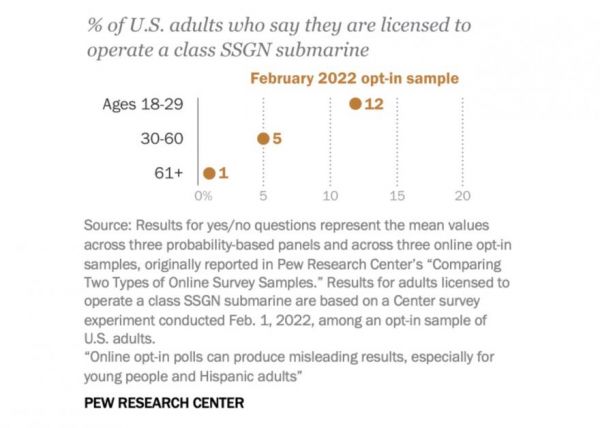
Almost 150 years after the fact, future neurologist Dr. Kári Stefánsson heard his father talk about the shopkeeper in his hometown of Djúpivogur, Iceland, who was a Black man named Hans Jónatan. Jónatan wasn't born in Iceland, but he settled there, married, became a valued member of the community, and fathered descendants who still lived nearby. Later biographies pieced together the story of Hans Jonathan, who was born into slavery in the Caribbean, was brought to Denmark, walked away from his enslaver and joined the Danish Navy, became a war hero, and then had to fight for his freedom in court more than once. After losing the final court battle in 1802, he simply disappeared. There was also the story of a teenager named Hans Jónatan, who arrived in Djúpivogur on a merchant ship in 1802, and who spoke Danish and played the violin. He was also ready to settle down, and worked at the local general store and trading station, which he later ran.
The story of Hans Jonathan is quite compelling in itself, but there was a new chapter in the 21st century, when Kári Stefánsson, now a neurologist, began a vast DNA study in Iceland to investigate the genetic markers of multiple sclerosis. Since Iceland is quite genetically homogenous, mutations would stand out from the crowd better than with other populations. But the study also yielded intriguing information from Hans Jónatan's 788 verified living descendants. By studying the DNA of these descendants, Stefánsson's team was able to reconstruct large parts of not only Jónatan's genome, but that of his mother as well -two centuries after they lived, with no trace of their own DNA. Read the intriguing story of Hans Jonathan and his legacy in Iceland at Damn Interesting. Or you can listen to it in podcast form. -via Strange Company












